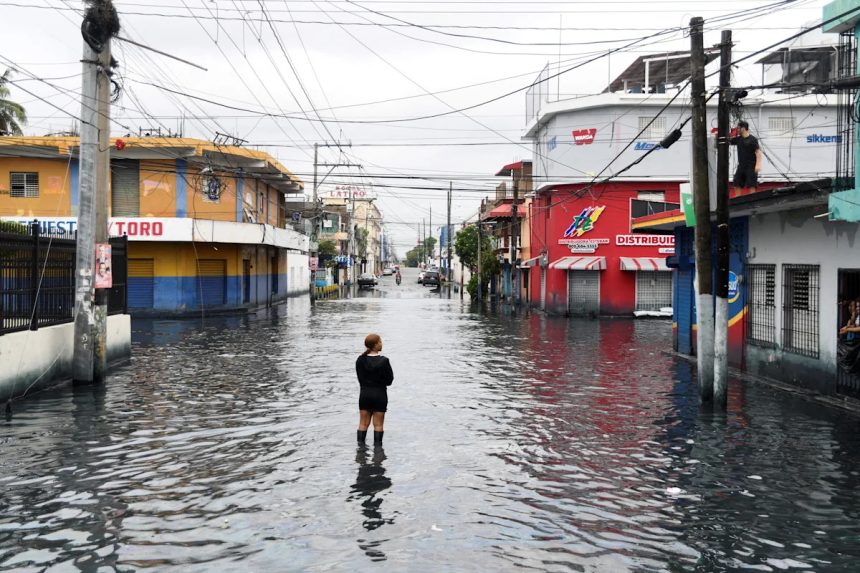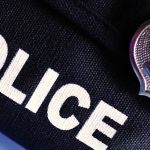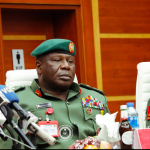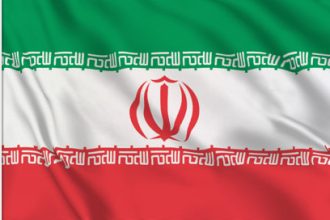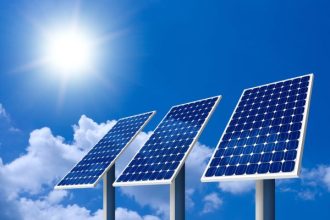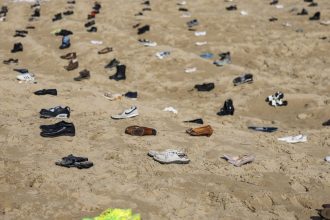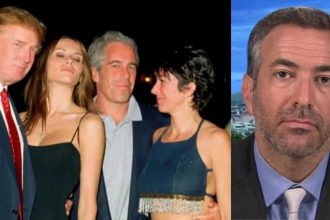Starlink, the satellite internet service that is a lucrative part of billionaire Elon Musk‘s business empire, will be free to people in Jamaica and the Bahamas as Hurricane Melissa bears down on the region.
Since SpaceX, which Musk founded, began amassing the orbital satellite constellation in 2019, Starlink has become known for providing service to areas around the world where internet access is often elusive. It’s also become common for Musk to make Starlink service available in times of natural disaster to regions under threat.
The purpose, as Starlink stated in a post on social media site X, which Musk also owns, is to “help with response and recovery efforts.”
The move comes as deadly Hurricane Melissa made landfall in Cuba overnight after ravaging Jamaica as a Category 5 storm. The resulting damaging winds, catastrophic flash flooding and landslides caused widespread infrastructure damage, including power and communication outages that left hundreds of thousands of residents in the dark.
At least one death was reported in Jamaica as Melissa is expected to move offshore from eastern Cuba later Wednesday, Oct. 29, and sweep across the southeastern and central Bahamas.
Here’s everything to know about Starlink, and how first-responders and residents in the path of Melissa can use the service.
Starlink free in Jamaica, Bahamas amid Hurricane Melissa
The Starlink service, which begins at $80 per month for residential plans, will be free in Jamaica and the Bahamas through the end of November, the company announced Tuesday, Oct. 28.
While the Starlink service itself may be free, it’s likely that those eligible would still need to purchase a Starlink receiver for $349 if they’re not existing customers.
In a follow-up post on X, Starlink added that it has also enabled direct-to-cell service in Jamaica for customers of communications provider Liberty Caribbean. The service, which connects mobile phones directly to Starlink’s satellites in orbit rather than cell towers, is being offered amid what Jamaican officials say is a “total communication blackout” on the southwestern and northwestern parts of the island.
“We truly understand that having the ability to communicate in the aftermath of the hurricane is a matter of life and death,” Inge Smidts, CEO of Liberty Caribbean, said in a statement.
What is Starlink?
Starlink is SpaceX’s satellite internet business. Since the first launch in 2019 from Cape Canaveral, Florida, Starlink has grown into a constellation of more than 8,700 satellites in space.
While most satellite internet services operate from single geostationary satellites orbiting Earth at about 22,236 miles, Starlink is a constellation of thousands of satellites that operate from a low-Earth orbit, about 341 miles up. Residing closer to Earth’s atmosphere allows Starlink’s satellites to have lower latency and data time between user and the satellite, improving performance of things like streaming, online gaming and video calls.
That means the satellites are equipped to make internet service accessible in rural areas and other regions that have been traditionally harder to reach.
Elon Musk provides free Starlink during natural disasters
Musk and SpaceX have routinely made Starlink services free during natural disasters in the past.
For instance, Starlink was most recently offered to residents of Texas in July amid deadly flooding.
Starlink was also free in 2024 during Hurricane Helene and Hurricane Milton to customers across Florida and other impacted states. At that time, SpaceX also partnered with T-Mobile to use Starlink satellites to deliver the first wireless emergency alert in the U.S. without Earth-based cell towers.
Eric Lagatta is the Space Connect reporter for the USA TODAY Network. Reach him at elagatta@gannett.com
This article originally appeared on USA TODAY: During Hurricane Melissa, Starlink service is free in Jamaica, Bahamas


